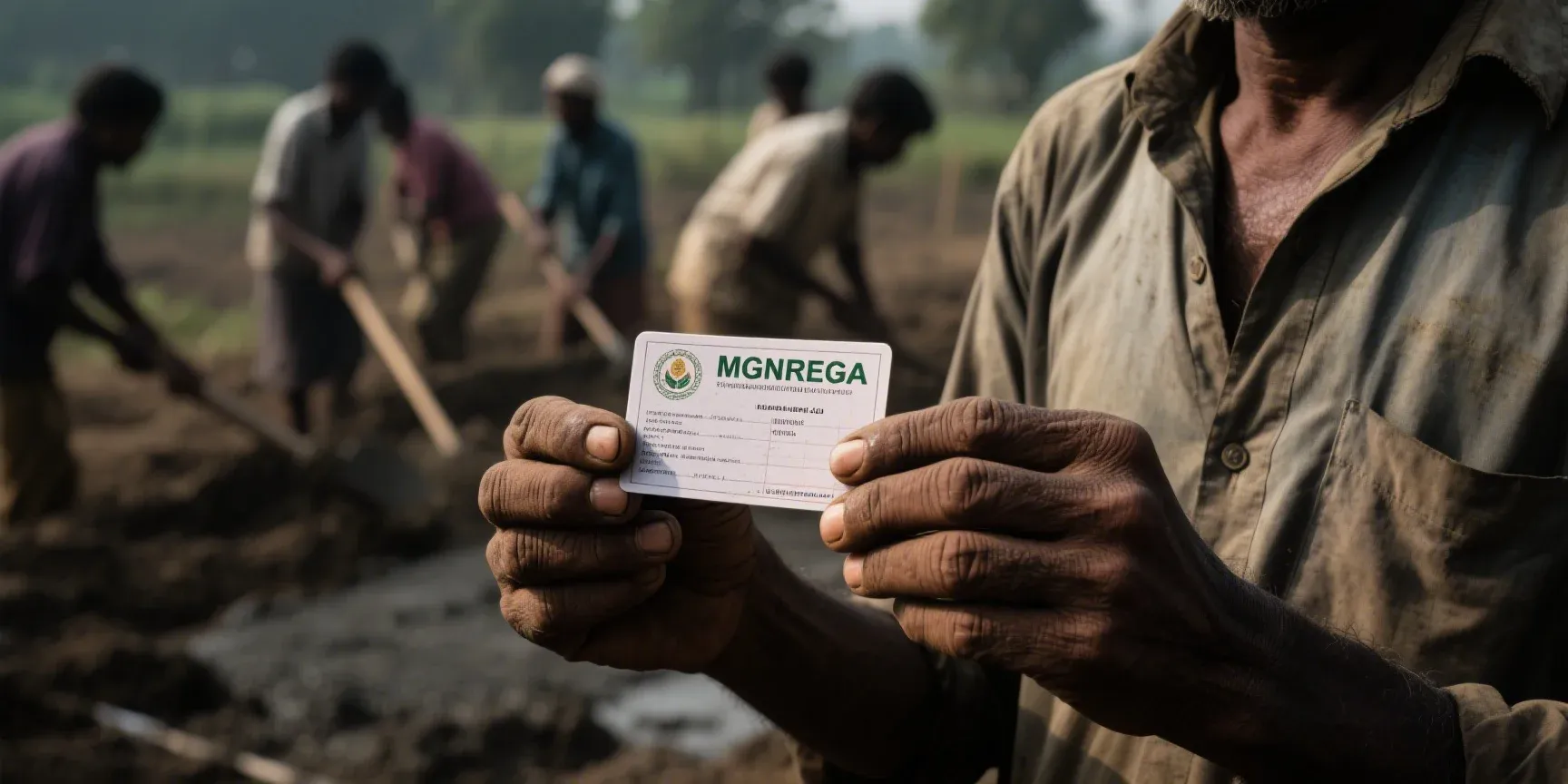
Navigating the Maze of Land Acquisition and Disputes in India: A Comprehensive Guide
Explore our comprehensive guide to land acquisition and property disputes in India, which breaks down the governing LARR Act, 2013, examines high-profile cases, and explains the legal mechanisms for resolving conflicts.
Land, a fundamental asset, is at the heart of progress and development in India. However, its acquisition and the disputes that often follow are complex and multifaceted issues. From large-scale infrastructure projects to individual property disagreements, land disputes can be a significant source of conflict and litigation. This article provides a detailed overview of land acquisition challenges in India, the legal frameworks in place, and the common types of disputes that arise, including recent examples like the Bengaluru Business Corridor and the Somnath temple land issues.
What is a Land Dispute?
A land dispute is a disagreement over the rights, usage, possession, or ownership of a piece of land. These conflicts can be between individuals, families, communities, or between citizens and the government. Disputed land is essentially property that is the subject of such a disagreement, which can often lead to legal battles. In India, land-related disputes constitute a significant portion of civil cases, clogging the judicial system and often leading to lengthy legal battles. An estimated 7.7 million people are affected by such conflicts, which threaten substantial investments.
Common Types of Land Dispute Cases
Land disputes in India can be broadly categorized into several types:
- Boundary Disputes: These are disagreements between neighboring property owners about the exact location of their property lines.
- Title and Ownership Disputes: These conflicts arise when multiple parties claim ownership of the same piece of land, often due to unclear or fraudulent property titles.
- Inheritance and Partition Disputes: Disagreements among family members over the division of ancestral property are a common source of litigation.
- Encroachment: This occurs when a person illegally uses or builds upon another person’s land. In Karnataka, for instance, there are numerous cases related to land encroachment.
- Landlord-Tenant Disputes: Conflicts can arise over issues like rent, eviction, and the terms of the lease agreement.
- Acquisition by Government: Disputes often arise when the government acquires land for public purposes, centering on issues of compensation, rehabilitation, and the acquisition process itself.
The Legal Framework for Government Land Acquisition: The LARR Act, 2013
The primary law governing the acquisition of land by the government in India is The Right to Fair Compensation and Transparency in Land Acquisition, Rehabilitation and Resettlement Act, 2013 (LARR Act). This act replaced the colonial-era Land Acquisition Act of 1894 with the aim of making the process more transparent, humane, and fair for landowners.
Key objectives and provisions of the LARR Act include:
- Fair Compensation: The Act mandates that landowners receive fair compensation, which can be up to four times the market value in rural areas and twice the market value in urban areas.
- Rehabilitation and Resettlement (R&R): It provides a comprehensive R&R package for families affected by the acquisition, including housing, subsistence allowances, and employment provisions.
- Social Impact Assessment (SIA): An SIA study is mandatory for most acquisitions to assess the social impact and public purpose of the project. This involves public hearings and consultations with local governing bodies.
- Consent Clause: For projects undertaken by private companies or through public-private partnerships, the consent of up to 80% of the affected families is required.
- Protection of Food Security: The Act includes provisions to restrict the acquisition of irrigated multi-cropped land to safeguard food security.
- Special Provisions for Vulnerable Groups: It incorporates special measures for Scheduled Castes and Scheduled Tribes, including requiring the consent of the Gram Sabha in Scheduled Areas.
Despite these provisions, challenges in the implementation of the LARR Act persist, leading to delays and disputes.
High-Profile Land Dispute Cases: Bengaluru and Somnath
Bengaluru Business Corridor: The development of the Bengaluru Business Corridor (formerly the Peripheral Ring Road) has been stalled for years due to contentious land acquisition issues. The project requires the acquisition of thousands of acres, but disputes over compensation have brought the process to a standstill. Landowners, primarily farmers, are demanding higher compensation than what the Bangalore Development Authority (BDA) has offered. The situation is further complicated by confusion arising from different alignment plans proposed in 2005 and 2006, leading to protests from landowners who had built structures on land they believed was no longer part of the acquisition plan. To address these long-standing issues, the Karnataka government has formed a special committee to find a solution.
Somnath Temple Land Dispute: In Gir Somnath, Gujarat, a major demolition drive was carried out to clear alleged encroachments on land adjacent to the Somnath temple. The authorities demolished numerous structures, including religious shrines, homes, and shops, stating that they were illegal constructions on government land. The action drew criticism from residents who claimed they had lived there for generations and that the demolitions were unjust. The matter reached the Gujarat High Court and the Supreme Court, with petitioners arguing that the land was managed by the Waqf board and that they were not given a fair hearing. The Supreme Court has been involved in overseeing the matter, including refusing to grant a stay on the demolitions but prohibiting third-party land allotments.
Resolving Disputes and Maintaining Peace: The Role of CrPC Sections 144 and 145
When land disputes escalate and threaten to breach public peace, the Code of Criminal Procedure, 1973 (CrPC) provides mechanisms for immediate intervention.
-
Section 144 of CrPC: This section empowers an Executive Magistrate to issue orders in urgent cases of nuisance or apprehended danger to prevent a disturbance of public tranquility. In the context of land disputes, it can be used to prohibit gatherings or specific actions that could lead to violence. However, its primary purpose is to maintain public order and not to settle property rights.
-
Section 145 of CrPC: This section specifically deals with disputes concerning land or water that are likely to cause a breach of the peace. The objective is to prevent violence by determining which party was in actual possession of the disputed property on the date of the magistrate’s initial order. The magistrate’s inquiry is limited to the question of possession and does not decide the legal title to the property, which is the purview of civil courts. This provides a temporary solution to avert immediate conflict while the parties seek a final resolution of their rights through the civil justice system.
The Path Forward
Land acquisition and disputes are intrinsically linked to India’s development narrative. While the LARR Act, 2013, has created a more equitable framework, its effective implementation remains a key challenge. The numerous pending court cases underscore the need for more efficient dispute resolution mechanisms. Streamlining land records through digitization, ensuring strict compliance with the procedural safeguards of the LARR Act, and promoting alternative dispute resolution methods like mediation can help in mitigating conflicts and ensuring that the process of land acquisition is both fair and conducive to progress.


